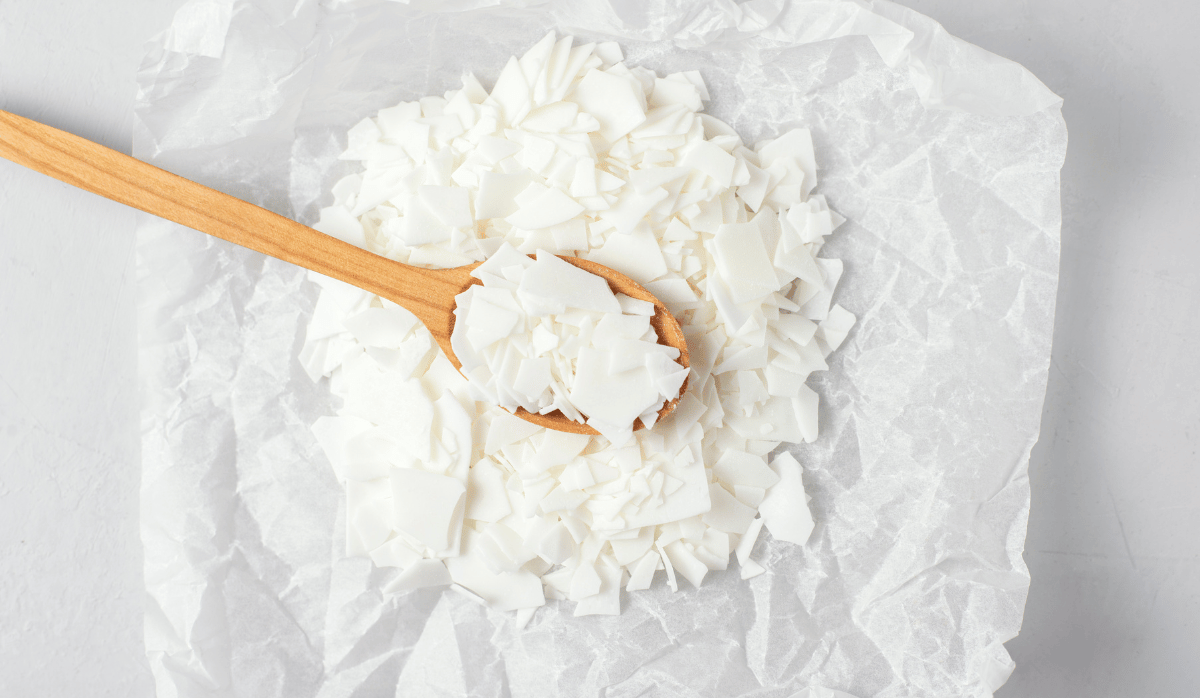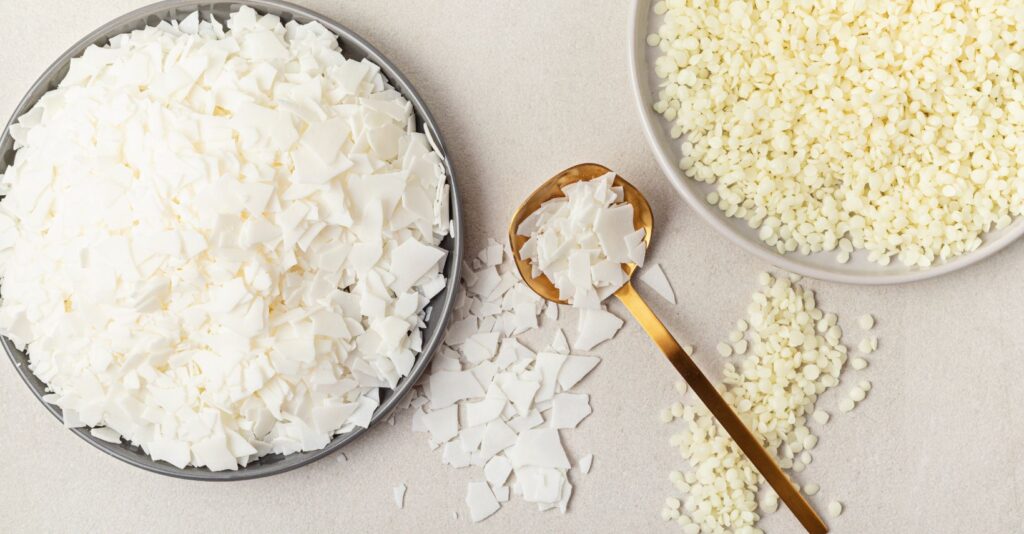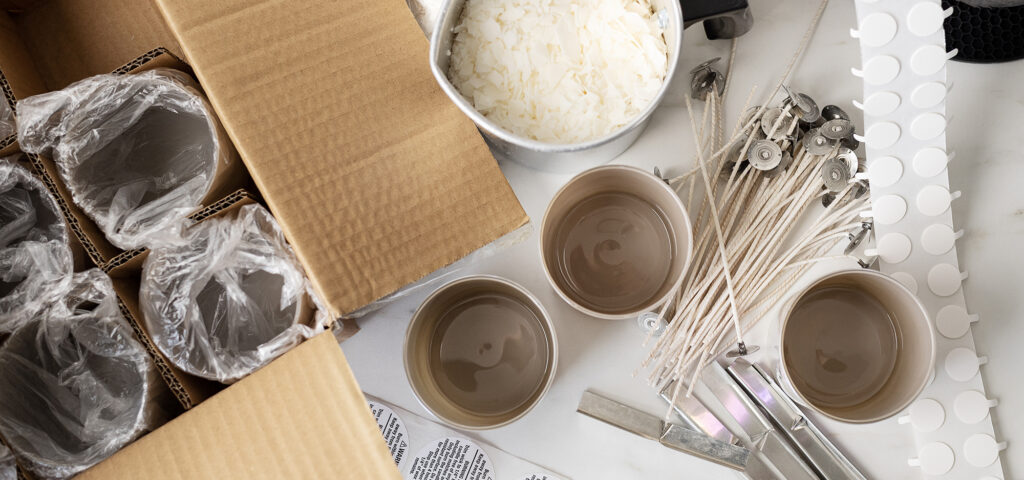Tips for Buying Candle Wax Wholesale to Save Money
Are you looking to start a candle making business or simply enjoy making candles at home? Either way, buying candle wax wholesale is a great way to save money and ensure you always have a steady supply of wax on hand. In this article, we will provide you with valuable tips and insights on how to navigate the wholesale market effectively and make the most out of your purchases. Let’s start by understanding the basics of candle wax.
Understanding the Basics of Candle Wax
Before diving into the wholesale aspect, it’s important to have a good grasp of the different types of candle wax available in the market. There are several options to choose from, each with its own unique characteristics and qualities. Here are some commonly used types of candle wax:
By following these tips, you can make intelligent decisions when buying candle wax wholesale and save money in the long run. Remember to stay informed about the latest trends and developments in the market to continually optimize your candle making process. Happy candle making!
Types of Candle Wax
- Paraffin Wax: This is the most commonly used wax due to its affordability and wide availability. It provides great scent throw and burn time.
- Soy Wax: Made from soybean oil, this wax is a popular choice for eco-conscious candle makers. It burns cleanly and has a natural appearance.
- Beeswax: Known for its natural scent and golden color, beeswax is a premium option. It burns longer than other waxes and emits negative ions that purify the air.
- Palm Wax: Derived from palm oil, this wax creates beautiful crystalline patterns on the surface of candles. It is a sustainable alternative to paraffin wax.
Now that you have a better understanding of the different types of candle wax, let’s delve into some additional information that can help you make informed decisions when purchasing candle wax wholesale.

Quality Indicators for Candle Wax
When purchasing candle wax wholesale, it’s crucial to ensure that you are getting a high-quality product. Here are some indicators to look out for:
- Consistency: The wax should have a consistent texture and color throughout. This ensures that your candles will have a uniform appearance.
- Clean Burning: Look for wax that produces minimal soot and smoke when lit. Clean-burning candles not only create a healthier environment but also prevent unsightly black residue on your walls and furniture.
- Scent Retention: A good wax should have the ability to hold and release fragrance effectively. This ensures that your candles will fill the room with a delightful aroma.
- Compatibility: Consider the type of candles you want to make and choose a wax that is suitable for your desired style and design. Different waxes have varying melting points and characteristics, so it’s important to select one that will work well with your creative vision.
By paying attention to these quality indicators, you can ensure that the candle wax you purchase wholesale will meet your expectations and result in beautiful, high-quality candles.
Benefits of Buying Candle Wax in Bulk
Buying candle wax wholesale offers numerous advantages, especially for those who are passionate about candle making. Let’s explore some of the key benefits:
Cost Efficiency
Purchasing candle wax in bulk quantities often results in significant cost savings. Wholesale suppliers typically offer discounted prices, allowing you to buy more for less. This is particularly beneficial if you plan to make candles in large quantities or sell them commercially.
Consistent Quality and Supply
By purchasing candle wax wholesale, you can establish a reliable and consistent supply chain. This ensures that you always have an adequate amount of wax on hand, without the need to constantly replenish your stock. Moreover, reputable wholesale suppliers are more likely to provide consistent quality, as they understand the importance of maintaining their reputation.
Another advantage of buying candle wax in bulk is the variety of options available. Wholesale suppliers often offer a wide range of wax types, including paraffin wax, soy wax, beeswax, and more. This variety allows you to experiment with different types of wax to achieve the desired candle characteristics, such as burn time, scent throw, and color intensity.
Furthermore, purchasing candle wax in bulk can also lead to environmental benefits. Many wholesale suppliers prioritize sustainability and offer eco-friendly wax options. By choosing environmentally conscious wax sources, you can reduce your carbon footprint and appeal to environmentally conscious consumers who value sustainable practices in candle making. Find more about environmental on https://www.gdrc.org/uem/ee/1-1.html
How to Find Reliable Wholesale Suppliers
Finding reliable wholesale suppliers is a crucial step in the process of buying candle wax wholesale. The market is flooded with options, so it’s important to do your due diligence and choose wisely. Consider the following factors when searching for suppliers:
Online vs. Local Suppliers
Both online and local suppliers have their own advantages and disadvantages. Online suppliers often offer a wider range of options and competitive prices. On the other hand, local suppliers allow for easier communication, faster shipping, and the ability to inspect the products in person. Evaluate your requirements and preferences to determine which option suits you best.
When it comes to online suppliers, you can explore platforms like Alibaba, ThomasNet, or Global Sources to connect with suppliers from around the world. These platforms provide a vast array of options, but it’s essential to verify the legitimacy of the suppliers and ensure they meet your quality standards. On the other hand, local suppliers can be found through trade shows, industry events, or networking within your community. Building a relationship with a local supplier can lead to long-term partnerships and a more personalized experience.
Evaluating Supplier Reputation
Before committing to a wholesale supplier, take the time to research their reputation. Look for reviews, testimonials, or any feedback from previous customers. This can give you valuable insights into their reliability, product quality, and customer service. Don’t hesitate to reach out to potential suppliers and ask questions to gauge their responsiveness and willingness to assist you.
Additionally, consider checking if the supplier adheres to industry standards and certifications. For example, suppliers who follow Good Manufacturing Practices (GMP) or are certified by organizations like the International Organization for Standardization (ISO) demonstrate a commitment to quality and compliance. A reliable supplier should be transparent about their processes and willing to provide documentation to support their claims. To learn more about International Organization for Standardization click here.
Negotiating the Best Deals
Successfully negotiating the best deals with wholesale suppliers can help you maximize your savings. Here are some tips to keep in mind:
When delving into the realm of wholesale negotiations, it is essential to understand that the process is not just about securing the lowest price possible. It also involves building a mutually beneficial relationship with your suppliers. By fostering a positive and open line of communication, you can create a partnership that goes beyond a simple transaction.
Understanding Wholesale Pricing
Do your research and understand the typical pricing structure in the candle wax wholesale market. This will give you a benchmark for negotiating fair prices. Consider factors such as quantity, shipping costs, and any additional fees that may be associated with your order.
Furthermore, take into account the seasonality of the candle industry. Prices may fluctuate based on demand during certain times of the year, so being aware of these trends can give you an edge in your negotiations. By staying informed and adaptable, you can capitalize on opportunities to secure better deals when market conditions are in your favor.
Tips for Successful Negotiation
- Quantity Discounts: Inquire about any quantity discounts available, as purchasing larger quantities may lead to further price reductions.
- Payment Terms: Discuss flexible payment terms, such as net 30 or net 60, which allow you to pay for the products after a certain period of time.
- Build a Relationship: Establishing a good relationship with your supplier can open doors for better deals in the future. Show your commitment and loyalty to the partnership.

Storing and Managing Your Candle Wax Inventory
Once you have purchased your candle wax wholesale, it’s important to properly store and manage your inventory. Here are some essential tips to ensure your wax remains in optimal condition:
Proper Storage Techniques
Store your candle wax in a cool and dry place, away from direct sunlight or extreme temperatures. Optimal temperature ranges are typically mentioned by the wax manufacturer. Ensure that the wax is properly sealed to prevent contamination or moisture absorption.
It’s also crucial to consider the type of container you store your candle wax in. Using airtight containers can help maintain the quality of the wax by preventing exposure to air and potential contaminants. Additionally, labeling your containers with the purchase date and type of wax can aid in easy identification and rotation of stock.
Inventory Management Strategies
Implement an inventory management system to keep track of your candle wax supplies. This will help you avoid shortages or excess inventory. Consider using inventory tracking software or spreadsheets to organize your stock levels, purchase dates, and reorder points.
Furthermore, conducting regular inventory audits can provide valuable insights into your usage patterns and storage efficiency. By analyzing this data, you can adjust your purchasing quantities and storage methods to optimize your inventory management process.
Read more at: Candle Wax Australia Top Suppliers and Products











